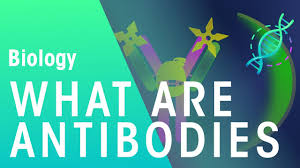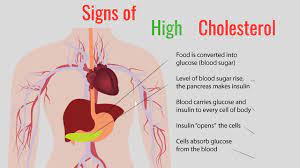What is the Difference Between Bacteria and Viruses?

Bacteria are microscopic organisms that can live in various environments such as air, soil, water and even on humans. While most bacteria are harmless to us, a few may cause infections or other issues.
Some bacteria can even be beneficial to our health — they aid in digestion and protect us against disease-causing germs. On the other hand, some types of bacteria may lead to illnesses such as strep throat, tuberculosis and urinary tract infections.
Viruses, on the other hand, are microscopic microorganisms that cannot be seen with the naked eye. They can spread from person to person as well as through contaminated foods, water and other materials. Furthermore, viruses can enter your body through a bite from an infected insect or contact with someone who has an infection.
Viral infections typically don’t respond to antibiotics, although some can be treated with antiviral drugs. Vaccinations provide protection from viral illnesses like measles and polio, though these don’t always eliminate them completely.
Infections caused by viruses are more contagious than those caused by bacteria, so it’s best to stay home and avoid other people during your illness. Additionally, keep your hands clean by coughing or sneezing into them.
Most viral infections are characterized by fever, runny nose and sore throat. Usually the symptoms are mild and resolve within a few days; however, some types of viruses can be dangerous or even life-threatening.
To prevent viral illnesses, the best approach is to regularly wash your hands and follow the instructions of your doctor. The most common types of viral infections include flu, hepatitis A, B, C and HPV (human papillomavirus).
It’s essential to get vaccinated against diseases like measles and chickenpox. These vaccines help your immune system recognize the viruses responsible for these illnesses and then produce antibodies with which to fight them off.
Viruses have the ability to infiltrate and multiply within healthy cells and tissue, as well as attack cell walls to cause inflammation and damage. In severe cases, some viruses have even been known to destroy host cells during their life cycle.
Bacteria and viruses are both microscopic organisms that can spread from person to person or through contaminated food, water or other materials. They have the potential to infect other living things too – like plants and animals – without anyone knowing.
Two types of germs can produce similar symptoms, so laboratory testing is necessary to diagnose your infection and decide whether you require a bacterial or viral treatment. This will enable your healthcare provider to select the appropriate medication for treating your illness.
Vaccines are the most reliable way of protecting yourself against viral and bacterial illnesses. Vaccinations have drastically reduced new cases of viral diseases, while also shielding you against infections caused by bacteria such as tuberculosis.
It is essential to remember that antibiotics do not cure all illnesses, so always consult your doctor before taking any medications, particularly if they weren’t recommended by them. Doing this will guarantee you get the correct dosage of medication and won’t accidentally worsen your condition.






